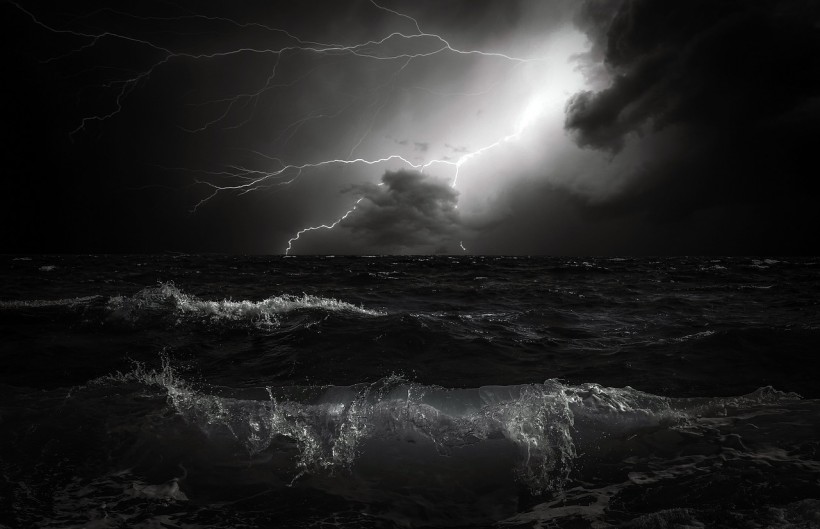Last August 20, photographer Frankie Lucena, who is based in Puerto Rico, was able to capture a natural weather phenomenon that later on turned into the present Hurricane Franklin. It was during this time that he caught a rare sight of several huge lightning bolts blasting upward right out of a storm cloud. The lightning bolts stopped right before outer space's edges.
Gigantic Jets Captured on Camera
The exact phenomenon that Lucena was able to snap is known as gigantic jets. The images he snapped feature strong lightning bolts surging upward in the sky.
These kinds of lightning bolts are considered the most powerful and rarest type. In fact, there are only around 1,000 gigantic jets that occur each year. Their intensity is also equivalent to over 50 times a typical lightning bolt's power, showing how strong and powerful they are.
These lightning bolts can climb over 50 miles or 80 kilometers above the surface of the Earth. They can get in touch with the ionosphere's bottom.
Though such bolts are rare, gigantic jets are not unfamiliar strangers, especially during the season of the Atlantic hurricane. They are also typically reported in tropical areas, especially when tropical storms like Franklin are rapidly getting stronger.
ALSO READ: Is It Possible for Lightning to Strike in the Same Place Twice? Here's What Scientists, NASA Tell Us
Mysteries to Unlock
However, such a phenomenon has only been known to the scientific community for around two decades. As such, there are still several aspects of gigantic jets that remain unknown. These mysteries include the reason behind the upward-shooting form of these jets as opposed to downward-slashing.
While these jets could result from some sort of blockage that stops lightning from escaping through a cloud's bottom, the precise mechanism behind it remains a mystery. Research scientist Levi Boggs from the Georgia Tech Research Institute (GTRI), an author of a 2022 study on gigantic jets, explains that, for whatever reason behind the jets' upward-shooting nature, there is typically a cloud-to-ground discharge suppression. Boggs adds that negative charges build up and that they then consider that storm top conditions weaken the highest chare layer, which is typically positive in nature. When the lightning discharges that are normally observed are not present, such gigantic jets could relieve the negative charge surplus buildup within the cloud.
There are also no precise systems for observing this phenomenon. Because of this, the detection of gigantic jets has been quite rare. Their observations tend to take place by chance.
These jets, however, could affect satellites moving in a low-Earth orbit, Boggs explains. They could also affect certain technologies, including radars situated over the horizon that bounce radio waves out of the ionosphere.
Nevertheless, with the start of the Atlantic hurricane season, there could be more opportunities to examine gigantic jets this year.
RELATED ARTICLE: Highest Lightning Rates Recorded: Tonga Volcano Eruption Produces Over 200,000 Flashes
Check out more news and information on Environment & Climate in Science Times.















